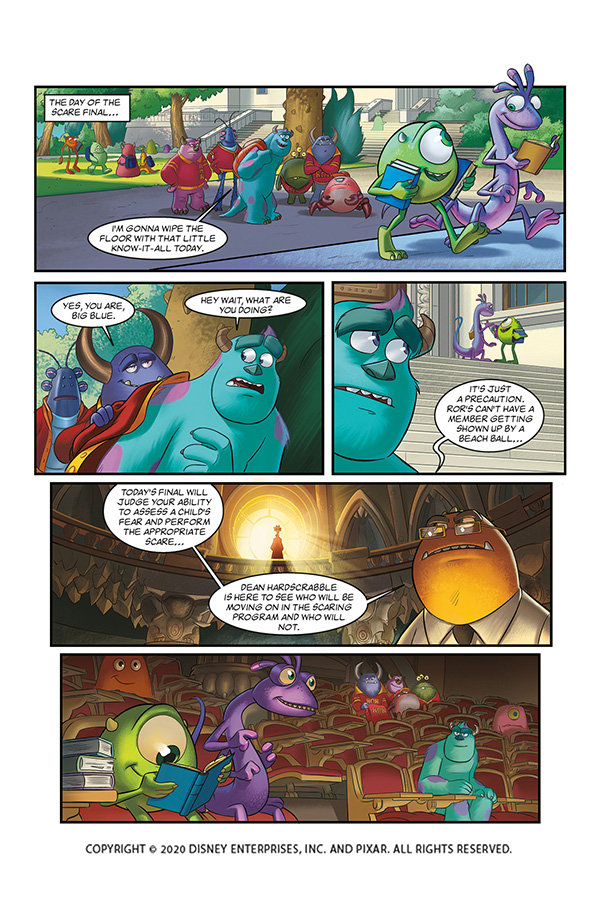

In other words, your brain would react as if something bad is going to happen, maybe even just from thinking about those situations.” Listen to Them and Validate Their Experiencesīecause there is often stigma attached to mental health conditions, children can feel ashamed to talk about their worries, obsessions, compulsions, impulsivity and other behavioral problems. If you had panic disorder, you would most likely associate those places with panic. Many times, panic attacks happen in ‘normal’ situations, such as going to school, riding in a car, going up in elevators, and in other settings that are not actually dangerous. And while this might seem scary, there are ways to deal with it. A panic attack can include all the same physical and emotional reactions, except there is no car about to hit you. All of this is a normal fight-or-flight response to a real threat of danger. “If you walked across the street and a car was about to hit you, you would jump out of the way, feel scared, have a racing heart, feel dizzy or hyperventilate (breathe too fast). Here is an example of how you could explain panic attacks: Give Them Concrete ExplanationsĬhildren can understand mental health issues better if they have a concrete explanation. Sometimes, the brain gets “knocked off balance,” but, like other medical problems, they can learn to manage this with treatment, which can include medications and behavioral support (stress reduction, relaxation, psychotherapies, etc.). The brain controls feelings, thoughts and behavior - like the “central headquarters” of the body. Similarly, you can let your child know that mental health concerns, like anxiety, depression, ADHD and OCD, among others, are also physical conditions that start with their brain. They know that the wheezing makes them uncomfortable, so they need to take medications for relief and avoid situations that may trigger an attack. They understand that if they have asthma, their lungs and airways tighten up in response to dust, pets, cold or exercise. Make an Analogy to a Medical ProblemĬhildren often hear about their medical problems. The book also includes a list of mental health resources.
#JOURNEY KIDS DOWNLOAD#
To help foster dialogue between children and the safe adults in their lives, as well as provide children a tool for helping express and explore their feelings in a fun, creative and empowering way, NAMI offers “Meet Little Monster,” a mental health coloring and activity book, available for download at no-cost in both English and Spanish.Ĭreated by NAMI Washington, “Meet Little Monster” was developed in response to both the COVID-19 pandemic, when children were suddenly cut off from their friends, teachers, coaches, club leaders and school counselors, and the Black Lives Matter protests for racial justice after the murder of George Floyd. Download “Meet Little Monster” Coloring & Activity Book
#JOURNEY KIDS HOW TO#
It can be tough to know how to start the conversation - let’s consider some helpful ways to talk with your children about their mental health.

However, openly talking to your children is a great way to help decrease this stigma. In result, we can feel like it’s our “fault,” or even our child’s “fault,” when they are facing mental health challenges. Too frequently, people blame mental health challenges on the person experiencing them by saying they aren’t trying hard enough, or they are doing something wrong. There is typically more information available about those conditions, they are easy to diagnosis with medical tests and people seldom think they are anyone’s fault. It may seem much easier to talk about other medical problems, such as food allergies, asthma or diabetes. This can be due to the stigma involved, lack of information or even fears of possible blame. Talking with your child about emotional topics, such as their mental health, can feel uncomfortable. Suicide Prevention in Indigenous Communities Hispanic/Latinx Immigrants and First-Generation Americans
#JOURNEY KIDS TV#
The Effects of Racial Trauma on Mental Health: Deaths Captured on TV and Media What You Need to Know About Youth Suicide How to Disclose Your Mental Health Condition How to Talk to Your Child About Their Mental Health Getting Your Child Mental Health Support and Accommodations in School Learning to Help Your Child and Your Familyįinding Mental Health Care for Your Child What to Do If You're Denied Care By Your Insuranceįinding Mental Health Care that Fits Your Cultural Background


 0 kommentar(er)
0 kommentar(er)
